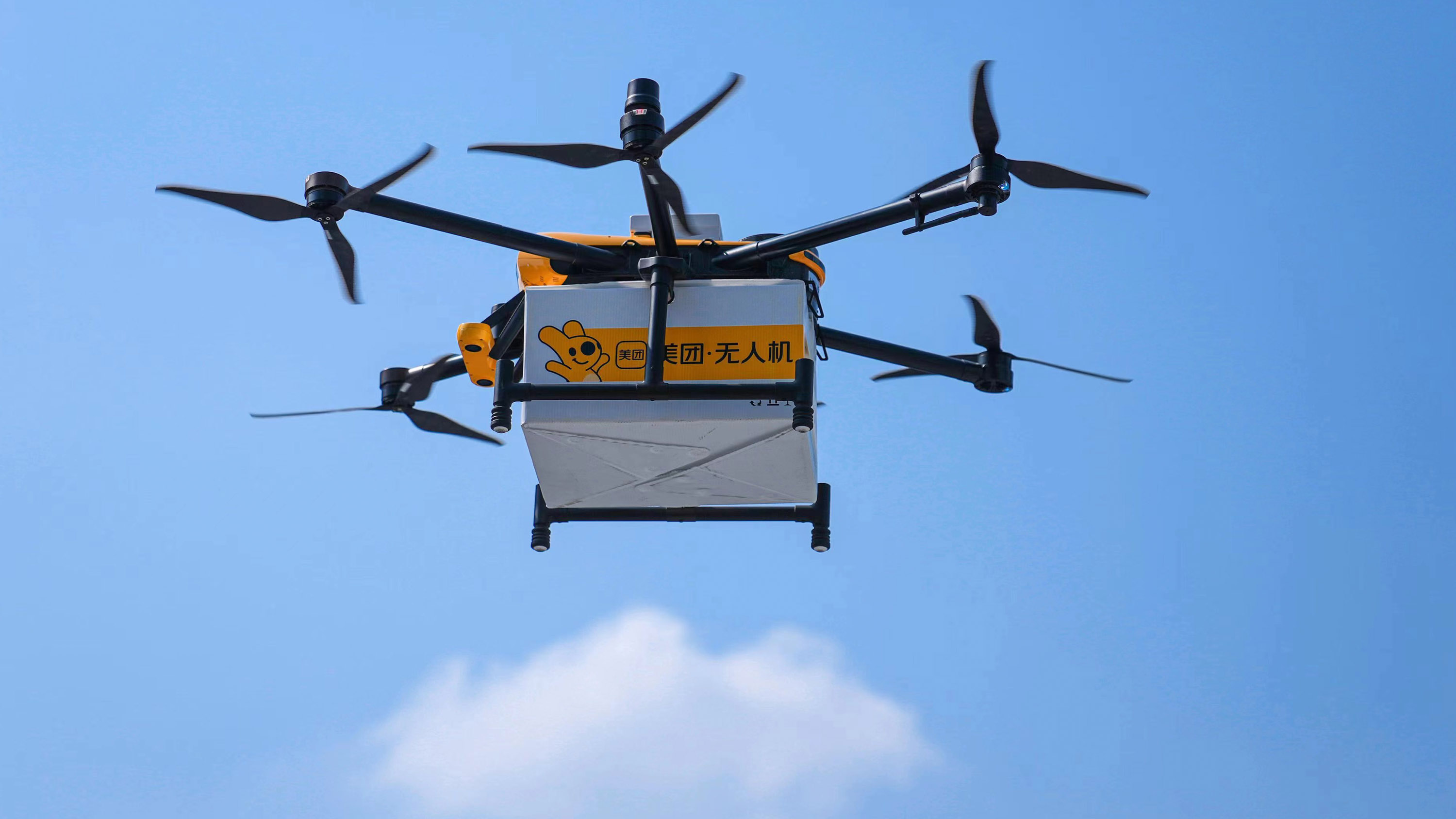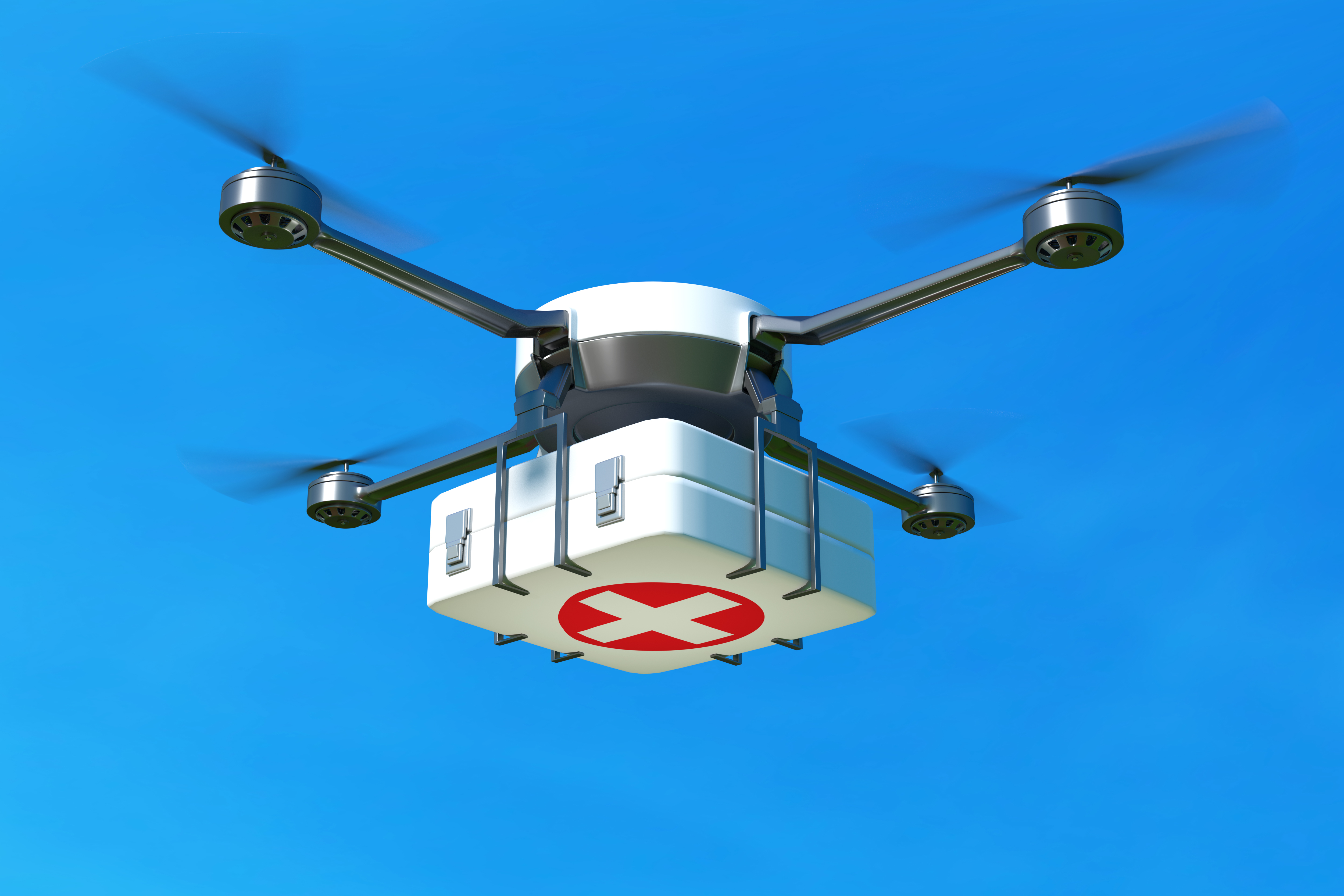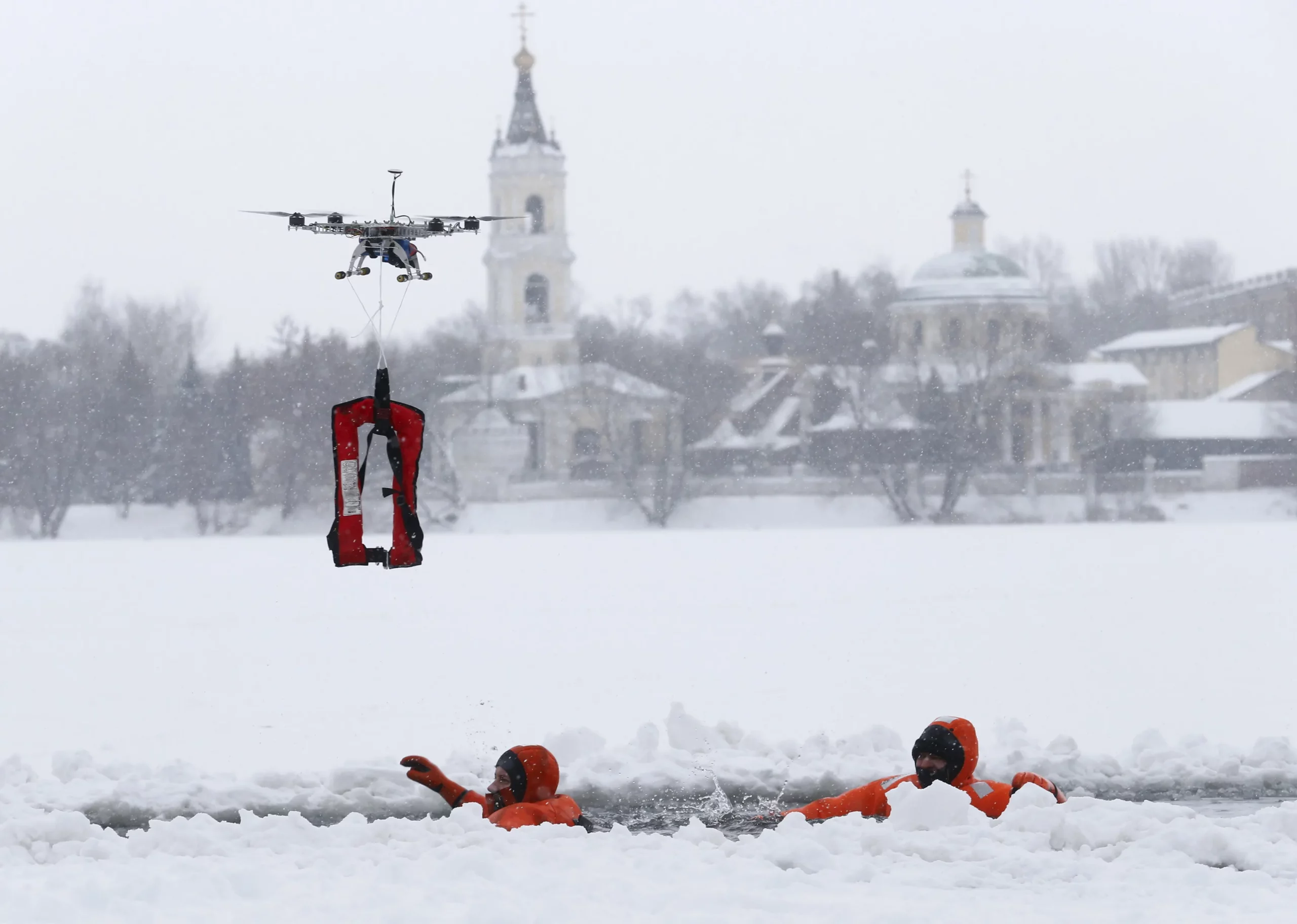Starting this September, Clemmons, North Carolina, will see drones becoming the first responders in emergencies, specifically delivering automated external defibrillators (AEDs) to cardiac arrest victims. This initiative aims to cut down response times significantly, as drones can arrive several minutes before traditional emergency medical services (EMS).
Revolutionizing Emergency Response
The program in Forsyth County is part of a broader trend where public safety and healthcare organizations across the U.S. are employing drones to expedite lifesaving treatments. According to the American Heart Association, over 356,000 people experience cardiac arrest outside of hospitals annually in the U.S., with a staggering 90% mortality rate due to delayed medical intervention. Each minute without medical help decreases survival chances by 10%.

Monique Anderson Starks, a cardiologist and associate professor at Duke University, is spearheading pilot studies in Forsyth County and James City County, Virginia, to test the efficacy of drone-delivered AEDs. Funded by a four-year grant from the American Heart Association, these studies aim to reduce treatment times significantly. “We’ve never been able to move the needle for cardiac arrest in private settings, and this technology could meet that need,” Starks noted.
Challenges and Opportunities
A 2017 study highlighted that it takes an EMS unit an average of seven minutes to arrive following a 911 call, though this varies by region, with rural areas often facing longer waits. Starks believes that drone-delivered AEDs could cut response times by up to four minutes, potentially making a crucial difference in survival rates.
The operational protocol in Forsyth County involves a drone pilot monitoring 911 calls and dispatching a drone immediately upon detecting a suspected cardiac arrest, even before contacting EMS. These drones, capable of flying at 60 mph and carrying a 22-pound payload, will hover above the location and lower the AED to the ground via a winch. The AEDs are designed to be user-friendly, with verbal instructions to guide bystanders, supplemented by assistance from 911 dispatchers.
Drones are Faster than Ambulances
While promising, the technology’s impact on health outcomes remains to be fully validated. A 2023 Swedish study published in The Lancet found that drones reached the scene faster than ambulances in 58% of cases, with a median time advantage of three minutes and 14 seconds. In the U.S., various programs are still in their nascent stages, exploring drone applications for drug overdoses, major trauma, and potential drowning rescues.
In Florida, a collaborative program between Tampa General Hospital, Manatee County, and Archer First Response Systems (AFRS) began in May to deliver AEDs, tourniquets, and Narcan (a nasal spray that can reverse opioid overdoses). Although operational challenges like weather have impeded some deployments, AFRS founder Gordon Folkes believes the technology has great potential, especially in suburban areas where drones can bypass traffic congestion.
Future Prospects and Privacy Concerns
Drones also have other emergency applications. The New York Police Department plans to use drones to drop flotation devices to swimmers in distress, while police in Chula Vista, California, have used drones to locate and assist in car accident rescues. Additionally, drones have been employed to find individuals who have wandered from nursing homes, demonstrating their versatility in various emergency scenarios.

One significant hurdle for widespread drone adoption in the U.S. is the Federal Aviation Administration (FAA) regulations, which generally require drones to be operated within the visual line of sight of the operator. However, recent legislative changes are pushing the FAA to develop rules that would allow for beyond visual line-of-sight operations, which is crucial for expanding emergency drone applications.
